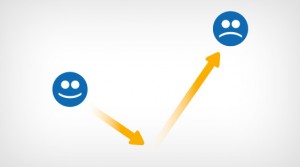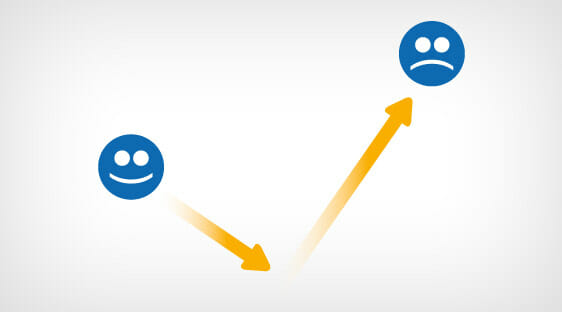Continuing the ‘Save PPC Budget By’ series, the next area that is going to be looked at is in measuring the bounce rate 
But, before this, the last article in the series looked at how PPC advertisers can save money by scheduling their adverts. The key to this is that by scheduling when your adverts go live, you can adjust your campaign to only allow your adverts to run when conversions are at peak times, such as while your target market is awake in a certain area of the world and so on…
In this article, we are going to learn why the bounce rate of a landing page is an extremely important statistic that needs to be measured in order to save PPC budget.
Firstly, ALWAYS Measure the Bounce Rate
Before we get into how the bounce rate can save you cash, it must be stressed that you should always measure the bounce rate of every single landing page for every campaign you are running. There is really no excuse for not doing this – free programs such as Google Analytics take 5 minutes to implement and can give you the necessary detailed statistics to help you save money in PPC.
So once you have Analytics embedded into your landing page, how can you save money by knowing the bounce rate?
Identifies the Level of Interaction
At the end of the day, PPC is based on interaction. If your paid traffic interacts with your landing page, the chances are that they are more likely to convert. Therefore, we want interaction. We want them to stay on the landing page. We want them to convert for us.
What the bounce rate tells us is the percentage of visitors that landing onto the PPC landing page and go straight off it too (or ‘bounce off’ it). Having a high bounce rate means a higher proportion of traffic is leaving your landing page straight after landing onto it, which is something us PPC advertisers simply do not want.
This is why the bounce rate is an effective statistic to help you save money in PPC. It identities the web users that have a low interaction level with your landing page so that you can prevent your campaign from bidding for such traffic in the future.
All in all, this means that you can test what keywords produce the most contextual traffic for your landing page. This is because the bounce rate signifies the traffic which has little to no interest in the contents of your landing page: hence why they are leaving the landing page straight away.
Ultimately, although it will require you to run a few tests to find out what keywords in your campaign produce the highest bounce rate, in the long run, by removing keywords that produce large bounce rates on your landing page will allow more traffic that is genuinely interested in your landing page to land onto it, increasing the average time visitors interact with it too.



